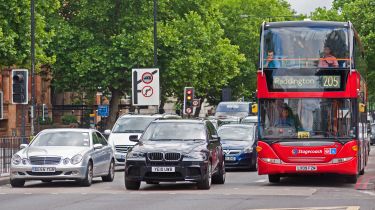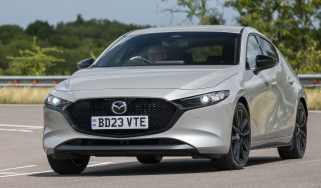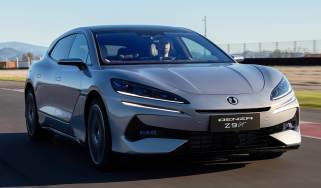What is a Low Traffic Neighbourhood? LTN plans, penalties and controversy explained
What is a Low Traffic Neighbourhood (LTN), why do they exist and how are they made? Find out the answers here…

A Low Traffic Neighborhood (LTN) is a street that has been adapted to reduce the amount of through traffic using it and unnecessary car journeys made upon it. Although streets with reduced traffic have been part of life in the UK for decades, the term has become more widespread following the 2020 pandemic because a large number of London streets were transformed into LTNs in a short space of time.
Where will you find Low Traffic Neighbourhoods?
Low Traffic Neighbourhoods are present all across the UK but London has the greatest concentration of them. They’re designed to stop passing traffic from using residential roads as short-cuts, which is common as motorists try to avoid the huge daily traffic jams you’ll find in the city.
How are Low Traffic Neighbourhoods marked?
Since blocking off a road and making it one-way is obstructive to walking, cycling and also emergency vehicle access, the streets are changed using moveable barriers. In some cases there’s simply a metal barrier that opens for ambulances, police cars and fire engines, but in many areas moveable planters have been added that serve the same function and look a bit nicer.
Signs make it clear that access to the road is for access only; residents can drive in and park, and delivery vehicles can reach the houses and businesses inside LTNs. The roads are usually redesigned to reduce speed, since there are likely to be more pedestrians on these streets. For example they might be reduced to one lane, with wider pavements.
Some LTNs are easy to access by car - there aren’t any significant barriers. However, camera technology can issue fines to vehicles using the street as a rat-run. If you’re driving in a city, keep an eye out for the signs that point this out to you.
What is the point of Low Traffic Neighbourhoods?
Low Traffic Neighbourhoods are primarily intended to improve the local area for residents. Air quality, safer roads to walk on and more opportunity for exercise are all cited as benefits of LTNs, and surveys have found that residents are very much in favour of them. It also helps to reduce overall traffic in the city as car use is discouraged while residents are encouraged to walk (since they feel safer and more comfortable without fast-moving cars).
Streets are chosen to become a LTN if they meet a certain number of conditions including low air quality, little access to parks, high through-traffic levels, high accident figures, number of schools and even high levels of childhood obesity.
Once the decision is made, things like planters can be added to reduce access to the street for cars. Bus gates might be added if there’s a route through the street, which can open for public transport only, and four-way junctions might be blocked diagonally if appropriate. These measures are done on a trial basis at first, so residents have the chance to complain if they feel it’s not a positive for them.
What are the penalties for driving in a Low Traffic Neighbourhood?
Fines for driving through a LTN have cost motorists over £56million, at around £130 per offence (reduced to £65 if paid promptly).
There has been ongoing controversy around Low Traffic Neighbourhoods for a number of years. Motoring groups have put up resistance to LTNs and have criticised their wider adoption in London, saying that they increase traffic elsewhere - often in less affluent areas closer to main roads. Residents often claim that they aren’t properly consulted and there are continuing debates over the actual impact on air quality that LTNs have.
What's your opinion on LTNs? Tell us in the comments section below...
Find a car with the experts




